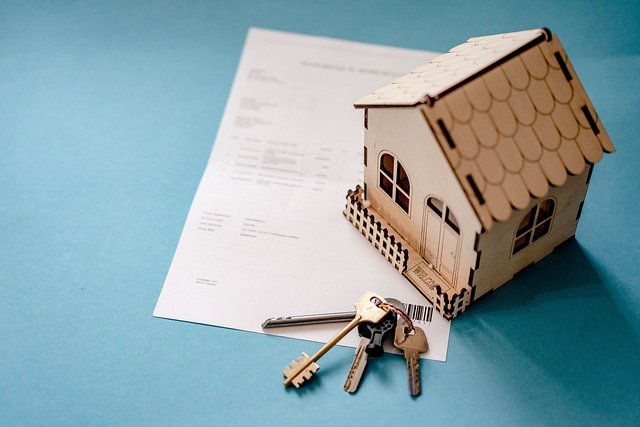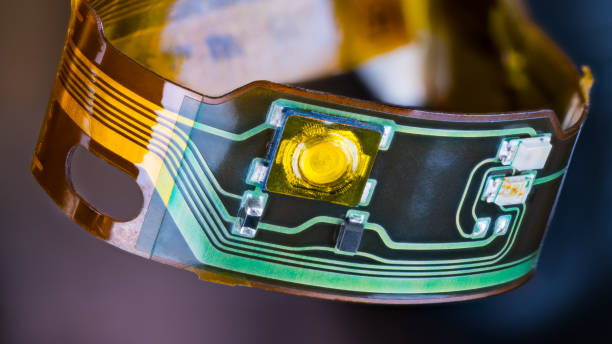Deciphering the Health Benefits of Grounding: The Science of Reconnecting with Earth
Grounding, also known as earthing, is a controversial yet intriguing practice within the health and wellness realm. This practice involves reconnecting with the Earth's natural electric field by walking barefoot outside or using grounding devices. Despite being a somewhat unconventional concept, grounding has garnered attention in the scientific community due to its potential health benefits. This article will delve into the history, science, and potential benefits of grounding, providing you with a fresh perspective on this emerging wellness trend.

The Origins and Evolution of Grounding
Grounding, in its most basic form, has been part of human life throughout history. Our ancestors walked barefoot and slept on the ground, constantly connected to the Earth’s surface. With the advent of modern footwear and living structures, this connection was lost. The concept of grounding as a health practice emerged in the late 20th century when Clinton Ober, a retired cable TV executive, proposed that the lack of direct physical contact with the Earth might contribute to the rise of chronic diseases.
The Science Behind Grounding
The Earth’s surface possesses a limitless supply of free electrons, which are negatively charged particles. When humans make direct contact with the Earth, these electrons can move into their bodies, a process known as grounding. According to some researchers, these electrons can neutralize harmful free radicals in the body, reducing inflammation and oxidative stress.
A growing body of research suggests that grounding may offer various health benefits, such as improved sleep, reduced pain, and increased mood. However, skeptics argue that these studies often have small sample sizes and lack rigorous control groups. Thus, while grounding has scientific underpinnings, more research is needed to fully establish its health benefits.
The Practicality and Challenges of Grounding
Despite the potential benefits, grounding as a health practice can be challenging, especially for city dwellers. Walking barefoot in urban areas is not always feasible or safe due to pollution and potential injury risks. To overcome these challenges, grounding devices such as mats, pads, and sheets have been developed. These devices are connected to the ground port of an electrical outlet, allowing users to achieve grounding indoors. However, it’s important to note that the effectiveness of these devices is still a topic of ongoing research.
Try Grounding Yourself: Ideas to Consider
- Walk barefoot on natural surfaces like grass, sand, or soil for at least 30 minutes a day.
- If you live in an urban area, consider using grounding sheets or mats for sleeping or working.
- Combine grounding with other wellness practices such as meditation or yoga for a holistic approach.
- Always check the safety of your environment before walking barefoot.
In conclusion, grounding represents an interesting intersection between ancient human practices and modern wellness trends. While more rigorous research is needed to fully understand its benefits, grounding offers a unique way to reconnect with the Earth and possibly improve health. Exploring such unconventional and innovative wellness strategies can provide fresh insights into our pursuit of optimal health and well-being. It’s a reminder that sometimes, the simplest actions—like walking barefoot on the grass—can potentially have profound effects on our health.




